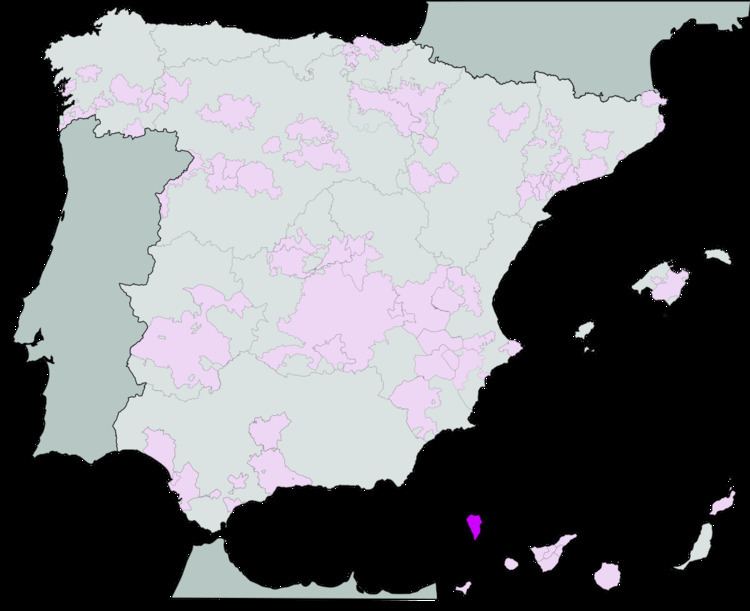 | ||
La Palma is a Spanish Denominación de Origen (DO) for wines that covers the entire island of La Palma, in the Canary Islands, Spain. It acquired its DO in 1994. There are around 800 ha of vineyards registered with the DO, planted in a strip along the coast, though the altitude can vary between 200 m and 1,500 m above sea-level. The DO is divided into three sub-zones.
Contents
Geography and Soils
The soils are rich and fertile and lie over volcanic rock. In some areas they are covered with a layer of volcanic sand. The soils are light, permeable and rich in mineral nutrients with a slightly acidic pH level.
Climate
The climate is temperate and sub-tropical. Mean annual rainfall is 400 mm, though there is a significant difference between the north and south of the island on the one hand and the centre. Wind and storms occasionally cause slight damage to the vines.
Grapes
The preferred authorized varieties are as follows:
